NATIONAL
EMERGENCY AS U.S. FARM CROPS FAIL - FOOD SHORTAGES BY LATE JULY; FOOD
RIOTS THEREAFTER!

24 June, 2019
Collapse of the US farming production system is in full swing and FOOD SHORTAGES will begin hitting Americans by July, others in the rest of the world, by August. If you have failed to heed this web site's advice to "prep" then YOU may very well go hungry. This is a crisis the likes of which we have NEVER seen before in this country. Here is the stark truth about what our nation now faces:
Torrential rains have been hammering the heartland of America for months, and at this point vast stretches of farmland in the middle of the country are nothing but mud. As a result of the endless rain and unprecedented flooding that we have witnessed, millions of acres of farmland will have nothing planted on them at all in 2019, and that is a major national crisis.
Most farmers were able to get seeds planted despite the deplorable conditions, and now they are desperately hoping that something will actually grow. Unfortunately, on farm after farm what is coming out of the ground looks absolutely terrible.
Even if we get ideal weather conditions for the rest of the summer, there is no way that many of these fields will be ready before the first hard frost arrives. As you will see below, the truth is that we are potentially facing the most widespread crop failures in all of U.S. history.
This is the biggest news story in America so far this year, and the mainstream media is finally starting to understand the gravity of what we are facing. Just consider the following quote from a recent Quartz article…
The stories across the Midwest are wrenching. Scrolling through the #NoPlant19 hashtag turns up dozens of posts about farmers staring out at soggy fields or farm equipment foundering in deep mud. It’s likely many will see their harvests devastated this year, and global grain prices could spike.
But of course a picture is worth a thousand words, and so let me share a before and after photo that a farming couple in Indiana named Kyle and Tori Kline recently shared on Facebook...
According to Tori, the corn was almost above Kyle’s head at this time last year, but today it is barely out of the ground…
“These two pictures speaks volumes to the crisis American Farmers are facing this spring. Kyle is about 6’3” and the corn was nearly above his head. Most corn around our area is lucky to be out of the ground, let alone knee high. It’s just some food for thought for those who think farmers are “rich” or “greedy” or what have you. It’s the reason food and gas prices will be getting higher as the summer goes on. I pray for those who didn’t or still haven’t gotten their crops in – for their safety and mental health. This year will be one to remember.”
Do you think that corn is going to be ready when harvest time rolls around?
And of course the Klines are far from alone. All over the nation, farmers are facing either dramatically reduced yields or no harvest at all.
Let me share four more extremely disturbing before and after photos that were recently posted to Facebook by TD Hale…
We have never seen anything like this before.
Now that you have seen these pictures, are you starting to understand why so many of us have been warning that U.S. agricultural production is going to be way, way down this year?
Corn is not supposed to grow in mud, but due to the horrific weather conditions many farmers in the middle of the country had absolutely no choice in the matter. For example, corn farmer Scott Labig confessed that he was “ashamed” of what the nightmarish weather conditions forced him to do…
Labig was doing something he had never done in his career. Something his father and his grandfather never did either in their time working this same land for the last century.“I am ashamed of how I am planting corn today,” Labig told Campbell on the phone. “This is terrible.”He was putting seeds into mud. How could things actually grow in this mess?
If you do not live in the middle of the country, you may have a difficult time grasping the true scope of what we are potentially facing.
If farmers do not grow our food, we do not eat.
This is not a drill, and widespread crop failures are going to have dramatic implications for all of us in the months ahead. Food prices are going much higher, and I urge you to get prepared while you still can.
According to John Newton, the chief economist at the American Farm Bureau Federation, we have never faced “anything like this since I’ve been working in agriculture”. We are truly in unprecedented territory already, and it won’t take very much at all to turn 2019 into a complete and utter national catastrophe.
If the weather is absolutely perfect for the next few months, 2019 will still be a horrible, horrible year for farmers in the middle of the country.
But if the rain doesn’t stop, or if there is too much heat, or if a very early hard frost happens, we could be facing a national nightmare that is beyond what most of us would even dare to imagine.
And guess what? Over the weekend the middle of the country was pounded by even more severe storms…
Hundreds of people were without power in Missouri and Kansason Sunday as storms ripped through the area, prompting officials to warn drivers to remain off the roads as flash flood warnings were in effect.Until 8:45 a.m. central time, a flash flood warning was in effect in Missouri’s Trenton, Bethany and Gallatin cities, according to the National Weather Service, while such warnings were in effect until 8:30 a.m. central time in Saint Joseph, Atchison and Savannah.
Just when you think that this crisis cannot possibly get any worse, it does.
Please share this article with your family, friends and those that you care about. People need to understand what is going on out there.
We are literally watching a massive national crisis unfold right in front of our eyes, and I will do my best to continue to keep you updated.
Authored by Michael Snyder via The Economic Collapse blog
HAL TURNER COMMENTARY
Like a broken record that keeps repeating, I have long warned folks to stock up on Emergency Food; so much so that people began complaining about hearing it so often. Well, now you know why I've been so strident: For the first time in our national history, the United States of America has such vast crop failures, we will see FOOD SHORTAGES by late July, and FOOD RIOTS by late August.
It is not simply a matter of buying somewhere else; the USA is the Bread Basket of the planet. WE produce most of the food eaten by the world. And now, OUR crops have failed. Almost totally!
Vast civil unrest will come as a result of this. Not just here in America, but in most countries around the world.
People will be KILLING EACH OTHER for food.
So, will YOU be one of those doing the killing (because you foolishly failed to prepare) or will you be on the receiving end of some crazed hungry person coming to steal YOUR food to feed himself and his family?
THIS LINK takes you to a page for "preps." There's a whole section on Emergency Food. There's also a whole section on GUNS and AMMUNITION - which you are going to need to fend-off the savages who come calling. And come they will . . .
You have precious little time to prepare.
Want to KNOW which crops are affected?
Let's go state by state to show the Harvest Schedule. Bear in mind, FLOODING prevented even planting of seeds, never mind harvesting . . .
The first photo above was from Indiana. Here is the INDIANA harvest schedule:
Please note that actual dates may vary by as much as two weeks due to weather conditions, geographical location of the farm, and other factors. It is always advisable to call a farm earlier than the expected beginning of a season to verify on the status of the product you are interested in.
| Commodities | Early | Most Active | Late |
| VEGETABLES | |||
|---|---|---|---|
| Asparagus | April 23 | May 1 - May 30 | June 25 |
| Broccoli | June 20 | July 1 - October 31 | November 30 |
| Cabbage | June 1 | June 10 - October 31 | November 15 |
| Cauliflower | September 1 | Oct. 5 - November 20 | Dec. 5 |
| Collards | May 15 | August 20 - October 31 | November 20 |
| Cucumbers | June 25 | July 5 - August 15 | September 15 |
| Eggplant | July 10 | July 20 - September 30 | October 15 |
| Lima Beans | July 10 | July 15 - August 31 | October 31 |
| Okra | July 15 | August 15 - September 15 | October 15 |
| Onions | June 25 | June 25 - July 31 | September 30 |
| Peas | May 20 | June 15 - June 25 | July 5 |
| Peppers | July 5 | July 15 - October 31 | Nov. 5 |
| Potatoes | July 10 | July 20 - September 30 | October 15 |
| Pumpkins | September 15 | October 1 - October 15 | October 31 |
| Snap Beans | June 10 | June 20 - July 20 | August 31 |
| Squash | June 15 | June 25 - September 1 | September 30 |
| Spinach | April 15 | May 5 - June 25 | June 30 |
| Sweet Corn | July 1 | July 5 - August 31 | September 25 |
| Tomatoes | July 5 | July 10 - September 15 | October 15 |
| FRUITS | |||
| Apples | July 15 | September 1 - October 25 | October 31 |
| Blackberries | July 10 | July 15 - July 30 | August 10 |
| Blueberries | June 20 | July 5 - August 10 | August 15 |
| Cherries | June 10 | June 10 - June 25 | June 25 |
| Grapes | August 25 | September 10 - September 20 | September 30 |
| Peaches, Nectarines | July 5 | July 20 - September 1 | September 15 |
| Pears | August 1 | August 10 - August 31 | September 10 |
| Raspberries | July 1 | July 15 - August 15 | September 20 |
| Strawberries | May 20 | June 1 - June 10 | June 25 |
| OTHER | |||
| Flowers, Herbs | July 1 | July 15 - September 15 | October 1 |
The second picture above is from Nebraska. Here are the crops and the harvest schedule:
dark green = available; light green = sometimes / some farms; White or gray = not usually available
The light green indicates light crops at the beginning or end of a season - dark green is when the bulk of the crop ripens and picking is best.
| Fruit/Veg | Jan | Feb | March | April | May | June | July | August | Sept | Oct | Nov | December | ||||||||
| apples | X | X | X | X | X | X | X | |||||||||||||
| Apricots | X | X | X | X | ||||||||||||||||
| Asian pears | X | X | X | X | X | X | ||||||||||||||
| asparagus | X | X | X | X | ||||||||||||||||
| beans | X | X | X | X | X | X | ||||||||||||||
| blackberries | X | X | X | |||||||||||||||||
| beets | X | X | X | X | X | X | X | |||||||||||||
| blueberries | X | X | X | |||||||||||||||||
| boysenberries | X | X | X | X | ||||||||||||||||
| broccoli | X | X | X | X | X | X | X | X | X | |||||||||||
| Brussels sprouts | X | X | X | X | X | |||||||||||||||
| cabbage | X | X | X | X | X | X | X | X | X | |||||||||||
| cantaloupes | X | X | X | X | X | X | ||||||||||||||
| celery | X | X | X | X | ||||||||||||||||
| carrots | X | X | X | X | X | X | X | X | X | |||||||||||
| cherries | X | X | X | X | ||||||||||||||||
| Christmas trees | X | |||||||||||||||||||
| cucumbers | X | X | X | X | X | X | ||||||||||||||
| eggplant | X | X | X | X | X | X | ||||||||||||||
| gooseberries | X | X | X | X | ||||||||||||||||
| grapes | X | X | X | X | ||||||||||||||||
| greens | X | X | X | X | X | X | X | X | X | X | ||||||||||
| Jan | Feb | March | April | May | June | July | August | Sept | Oct | Nov | December | |||||||||
| herbs | X | X | X | X | X | X | X | X | X | X | ||||||||||
| kale | X | X | X | X | X | X | X | X | X | |||||||||||
| nectarines | X | X | X | X | ||||||||||||||||
| peaches | ||||||||||||||||||||
| pears | X | X | X | X | X | |||||||||||||||
| peas | X | X | X | X | ||||||||||||||||
| peppers | X | X | X | X | X | X | ||||||||||||||
| plums | X | |||||||||||||||||||
| potatoes | X | X | X | X | X | X | X | X | X | |||||||||||
| raspberries | X | X | X | X | X | X | ||||||||||||||
| rhubarb | X | X | X | X | X | X | ||||||||||||||
| pumpkins | X | X | X | X | ||||||||||||||||
| summer squash | X | X | X | X | X | X | ||||||||||||||
| winter squash | X | X | X | X | X | X | ||||||||||||||
| saskatoons | X | X | X | |||||||||||||||||
| strawberries | X | X | X | X | ||||||||||||||||
| sweet corn | X | X | X | |||||||||||||||||
| sweet potatoes | ||||||||||||||||||||
| tomatoes | X | X | X | X | X | X | ||||||||||||||
| watermelons | ||||||||||||||||||||
| Fruit/Veg | Jan | Feb | March | April | May | June | July | August | Sept | Oct | Nov | December | ||||||||
The third photo above is from Kansas. Here are the crops and the harvest schedule:
The fourth picture above is from Illinois. Its crops and harvest schedule are as follows:
| Fruit/Veg | Jan | Feb | March | April | May | June | July | August | Sept | Oct | Nov | Dec | ||||||||
| apples | X | X | X | X | X | X | ||||||||||||||
| Asian pears | X | X | X | X | X | X | ||||||||||||||
| asparagus | X | X | X | X | ||||||||||||||||
| beans | X | X | X | X | X | X | X | X | X | X | ||||||||||
| blackberries | X | X | X | X | ||||||||||||||||
| blueberries | X | X | X | X | ||||||||||||||||
| broccoli | X | X | X | X | X | X | X | X | X | |||||||||||
| cabbage | X | X | X | X | X | X | X | X | X | |||||||||||
| cantaloupes | X | X | X | X | X | X | ||||||||||||||
| cherries | X | X | X | X | ||||||||||||||||
| Christmas trees | X | X | ||||||||||||||||||
| cucumbers | X | X | X | X | X | X | X | X | ||||||||||||
| eggplant | X | X | X | X | X | X | ||||||||||||||
| greens | X | X | X | X | X | X | X | X | X | X | ||||||||||
| herbs | X | X | X | X | X | X | X | X | X | X | X | X | X | X | ||||||
| nectarines | X | X | X | X | ||||||||||||||||
| peaches | X | X | X | X | X | X | X | X | ||||||||||||
| peas | X | X | ||||||||||||||||||
| peppers | X | X | X | X | X | X | ||||||||||||||
| potatoes | X | X | X | X | X | X | ||||||||||||||
| raspberries | X | X | X | X | X | X | ||||||||||||||
| rhubarb | X | X | X | X | ||||||||||||||||
| pumpkins | X | X | X | X | ||||||||||||||||
| squash | X | X | X | X | X | X | X | X | X | X | ||||||||||
| strawberries | X | X | X | |||||||||||||||||
| sweet corn | X | X | X | X | ||||||||||||||||
| sweet potatoes | X | X | X | X | ||||||||||||||||
| tomatoes | X | X | X | X | X | X | X | X | ||||||||||||
| watermelons | X | X | X | X | X | X | ||||||||||||||
Of course, there are many other states which have experienced catastrophic flooding, and which also have crop failures. And none of this takes into account the cattle states, which lost an estimated one million head of cattle that drown in flooding, or the African Swine Fever outbreak, killing-off pigs. So beef and pork will be scarce too.
Prepare. You have very little time.


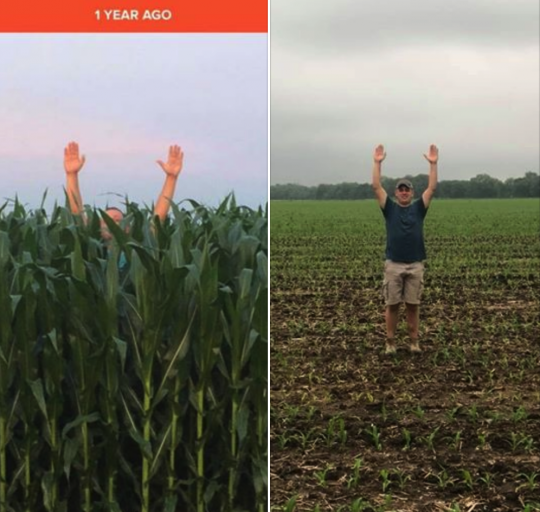
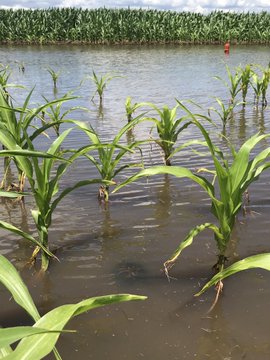
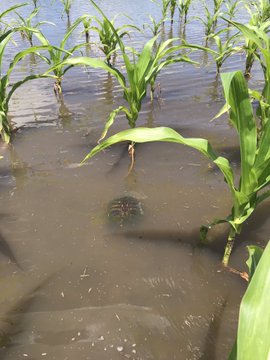

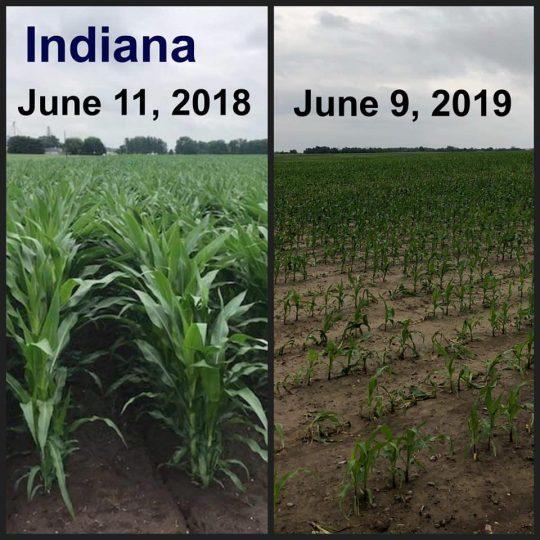
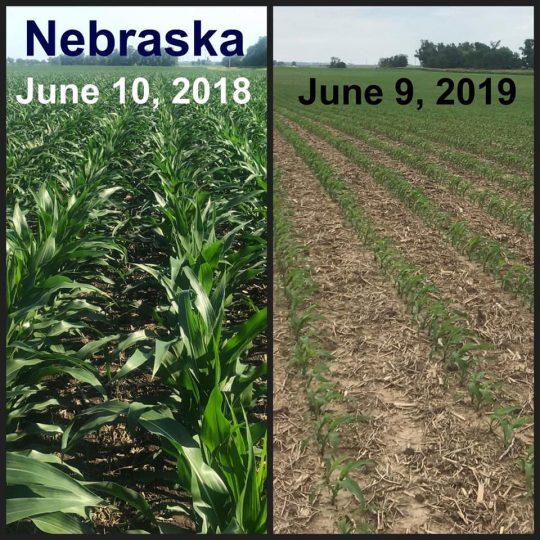
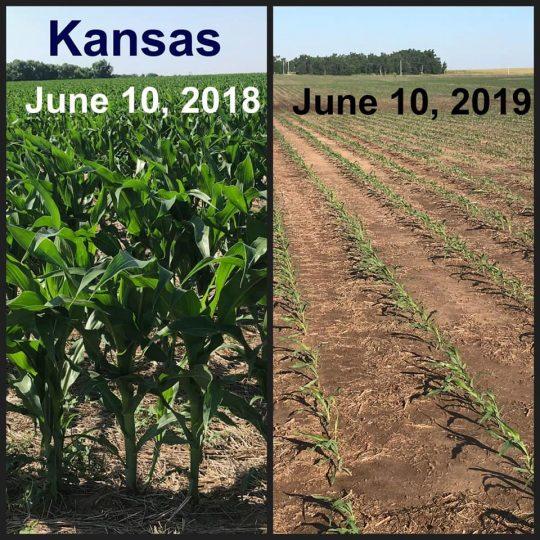
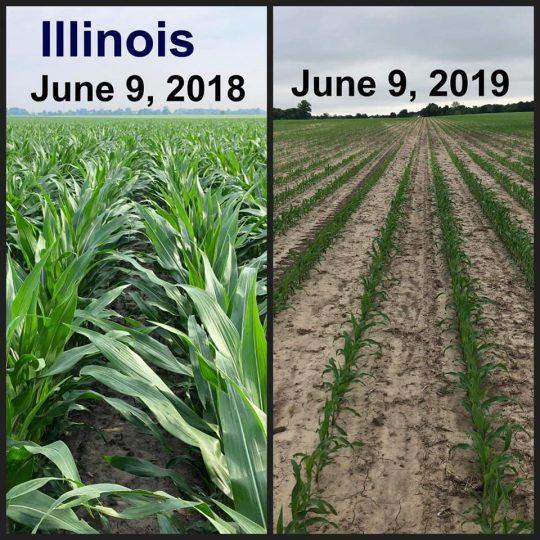

Well, it’s October and we haven’t seen riots yet. We have, however, seen shortages. It won’t be until NEXT year before we really feel any shortages, because most of what’s in the store is from last year’s harvest.
ReplyDelete